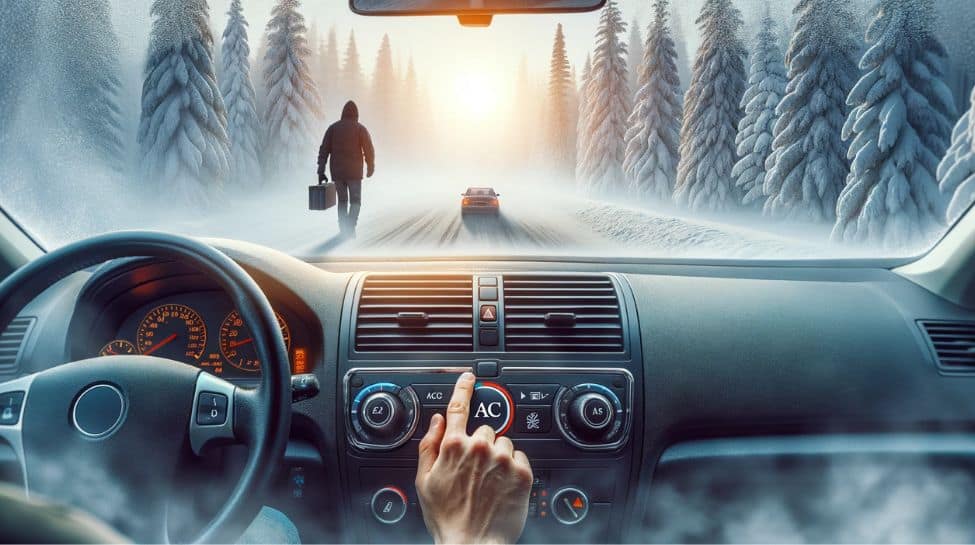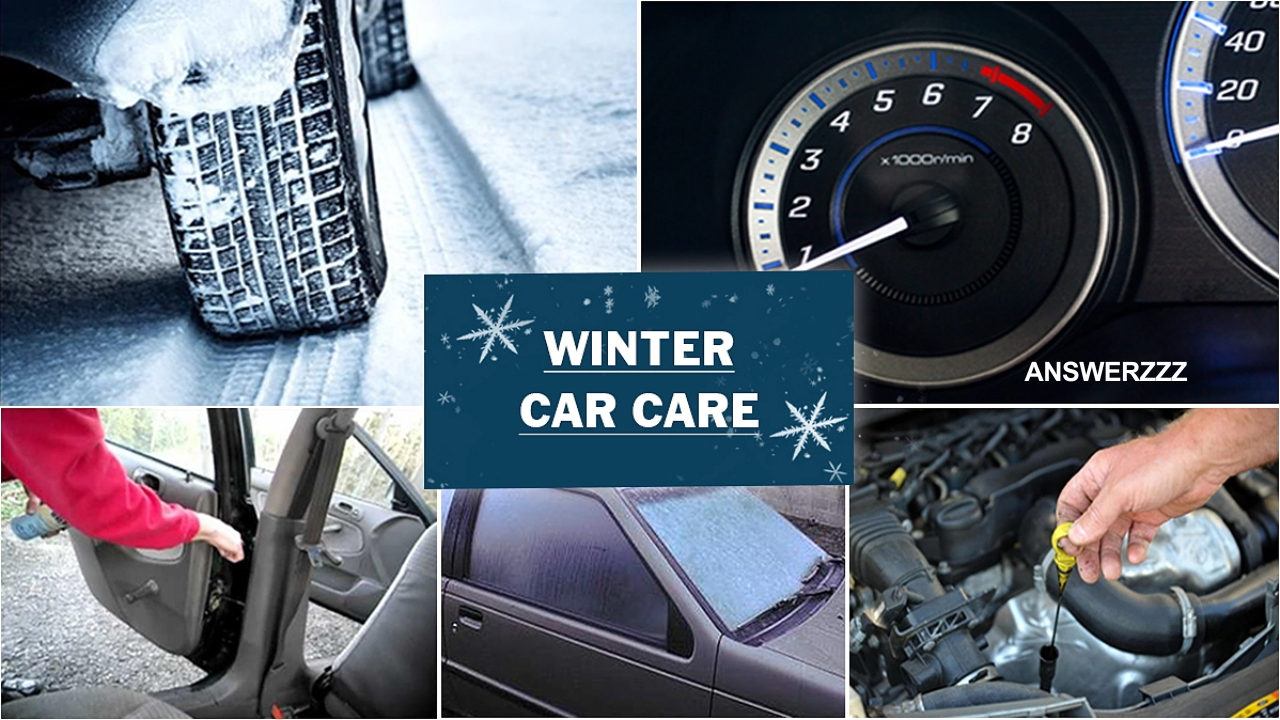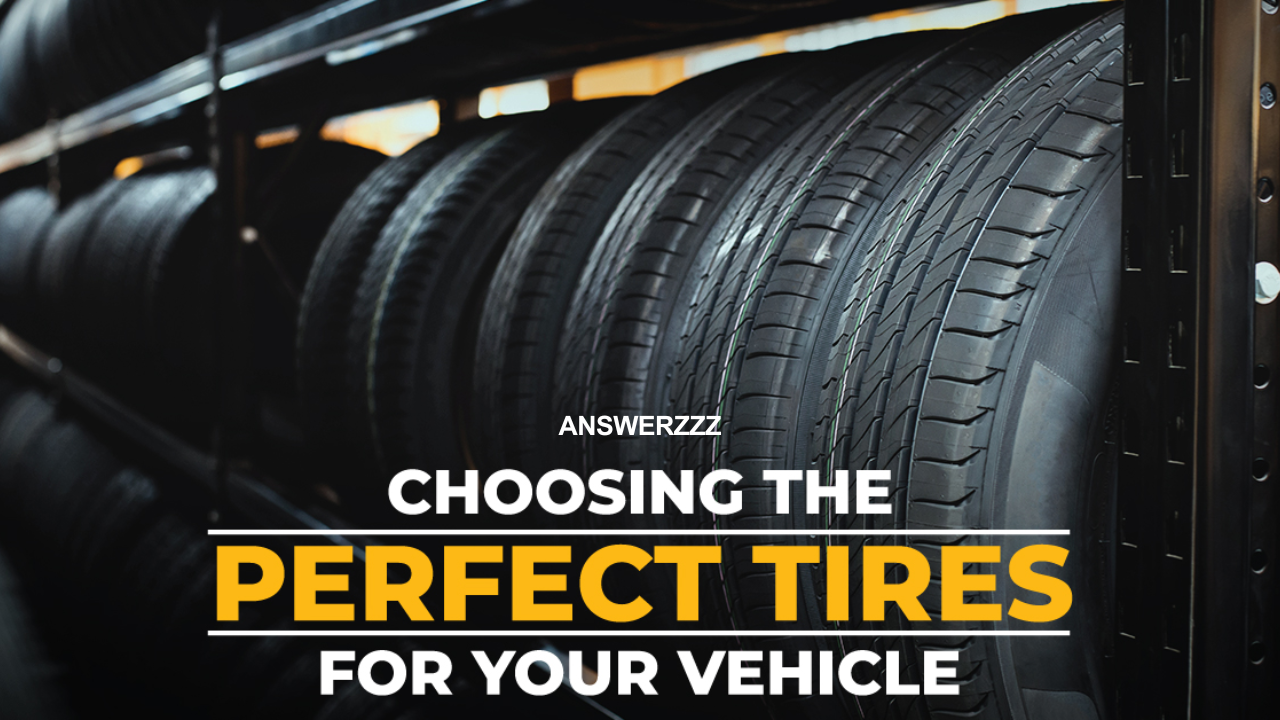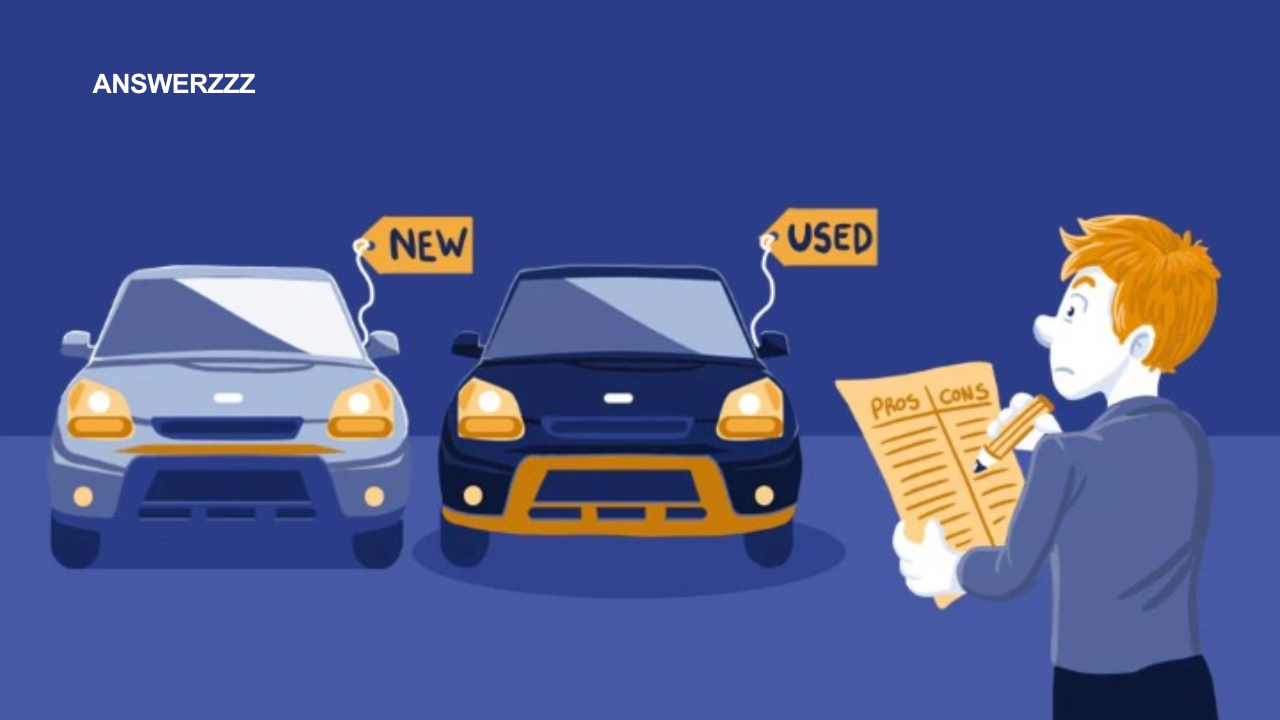As winter rolls in and temperatures drop, the roads can become more challenging, and driving conditions can turn hazardous. Ice, snow, and slush create a series of obstacles that demand extra care and preparation for both your vehicle and driving habits. While it’s common to focus on our homes and personal care during the colder months, ensuring your car is ready for winter driving is equally important to prevent accidents, breakdowns, and other costly problems.
This comprehensive guide will give you essential tips on winter car care and how to prepare your vehicle for the demanding cold weather. From maintenance tips to driving habits and safety measures, these guidelines will help keep you safe and your car running smoothly all winter long.
1. Check and Maintain Your Battery
Cold weather puts added stress on your vehicle’s battery. Batteries lose strength in low temperatures, and if yours is already old or weak, it may not perform as well during the coldest months. Here are a few ways to maintain your battery during winter:
- Test the Battery: Before winter hits, have your battery tested. Most automotive shops will check the health of your battery for free.
- Check for Corrosion: Examine the battery terminals for any signs of corrosion. If you notice any, clean the terminals with a mixture of baking soda and water.
- Keep It Charged: If your battery is getting older, consider investing in a battery charger or jump-start kit in case of emergencies.
- Replace the Battery: If your battery is over three years old and shows signs of wear, it may be time to replace it. A new battery will perform much better in cold weather.

2. Switch to Winter Tires
One of the best investments you can make for winter driving is a set of high-quality winter tires. Unlike regular tires, winter tires are specifically designed to handle ice, snow, and freezing temperatures. Here’s why you should make the switch:
- Enhanced Traction: Winter tires have deeper treads and a unique rubber composition that stays soft and pliable even in extremely cold temperatures, providing superior grip.
- Improved Braking and Handling: In snowy or icy conditions, winter tires can drastically improve your car’s braking ability and handling.
- Faster Acceleration: These tires also provide better traction when you need to accelerate from a stop in slippery conditions.
Make sure to install winter tires on all four wheels to ensure balanced performance. Additionally, keep them properly inflated to the recommended levels as low tire pressure can affect traction and fuel efficiency.
3. Inspect the Fluid Levels
Winter can put extra strain on your car’s fluids. It’s crucial to check and top up all the essential fluids to keep your car running smoothly during the colder months.
- Oil: Cold temperatures thicken motor oil, reducing its ability to lubricate the engine properly. Use a winter-grade oil or consider switching to synthetic oil, which performs better in cold weather.
- Coolant: Ensure your antifreeze/coolant mixture is at the right level to prevent your engine from freezing. A 50/50 mixture of coolant and water is ideal for most climates.
- Windshield Wiper Fluid: In winter, you’ll likely use your windshield wipers more often due to snow, rain, and slush. Make sure to use winter-specific windshield wiper fluid that won’t freeze in freezing temperatures.
- Transmission and Brake Fluids: Check these fluids as well to ensure proper functioning, especially in icy conditions.
Proper fluid maintenance is critical for optimal car performance, so make sure you follow the manufacturer’s recommendations for fluid levels and types.
4. Replace Worn-out Wipers and Check Defrosters
Visibility can be one of the most challenging aspects of driving in winter, especially with snow and ice buildup on your windshield. To improve your visibility, make sure you:
- Change the Windshield Wipers: Rubber wipers wear out over time, making them less effective at clearing snow, ice, and rain from your windshield. Replace your wiper blades if they’re cracked, worn, or ineffective. Winter wiper blades are designed to clear snow and ice more efficiently.
- Check the Defroster and Heater: Your defroster and heater play a crucial role in preventing the windshield from fogging up or icing over. Ensure that both systems are working properly by running them before the winter season starts. If they’re malfunctioning, have them repaired immediately to avoid discomfort and loss of visibility while driving.
5. Keep Your Gas Tank Full
One often-overlooked tip is to keep your gas tank at least half-full during the winter months. Here’s why it’s important:
- Prevent Condensation: A full gas tank reduces the risk of moisture entering your tank and forming condensation, which can cause freezing in your fuel lines.
- Avoid Getting Stranded: In case of a winter storm or traffic jam, you’ll want to ensure you have enough fuel to stay warm and make it to your destination without running out of gas.

Make sure to fill up before bad weather hits, and avoid letting your gas tank dip below half-full in cold conditions.
6. Inspect Your Exhaust System
A well-maintained exhaust system is essential for winter driving safety. A malfunctioning exhaust system can lead to carbon monoxide buildup inside your car, which is extremely dangerous, especially if you’re driving with the windows rolled up in freezing temperatures. Here’s what to check:
- Check for Leaks: Inspect the exhaust system for any visible leaks or damage. If you hear unusual noises, such as loud rumbling or hissing, get your exhaust system checked by a mechanic.
- Ensure Proper Ventilation: If you find a leak, get it repaired immediately to prevent harmful gases from entering the cabin. Carbon monoxide poisoning can be life-threatening, so it’s essential to ensure your exhaust system is in top shape.
7. Prepare for Emergencies
Winter driving often means dealing with unexpected weather, and the possibility of getting stuck or stranded is much higher. Be prepared for emergencies by keeping the following items in your car:
- Blankets: Keep a warm blanket or sleeping bag in your car to stay warm if you get stranded.
- Jumper Cables: A set of jumper cables is essential for emergencies when your battery dies.
- Shovel: A small, foldable shovel can help you dig your car out of snow or ice if you get stuck.
- Sand or Kitty Litter: These materials can provide extra traction under your tires if you’re stuck in snow or ice.
- First-Aid Kit: Always keep a first-aid kit with you, especially in winter when roads can be more hazardous.
Additionally, have a flashlight, snacks, and a fully charged phone in case you need to call for help.
8. Practice Safe Winter Driving Habits
Even with the best winter car care, your driving habits play a significant role in ensuring safety on icy roads. Here are some essential winter driving tips:

- Drive Slowly and Maintain Distance: In icy conditions, reduce your speed and increase the distance between you and the car in front of you. This gives you more time to react in case of an emergency.
- Avoid Sudden Movements: Sudden braking, acceleration, or steering can cause your car to lose traction. Make all movements smoothly and gradually.
- Use Low Beams in Snowstorms: High beams can reflect off the snow and cause glare, making it harder to see. Use low beams when driving in snow or heavy rain.
- Know How to Handle Skids: If your car starts skidding, do not panic. Keep your hands on the wheel and steer in the direction you want to go. Avoid slamming on the brakes, as this can make the skid worse.
- Clear Snow and Ice Before Driving: Before you drive, make sure to remove all snow and ice from your vehicle’s windows, lights, mirrors, and roof. Snow and ice flying off your vehicle can be dangerous to other drivers.
9. Regularly Check Tire Pressure
Cold temperatures cause tire pressure to drop, which can lead to poor traction, increased wear, and reduced fuel efficiency. Check your tire pressure regularly during the winter and inflate them to the manufacturer’s recommended levels. A tire pressure gauge can be purchased inexpensively, and many gas stations offer air pumps with built-in pressure gauges.
Winter driving presents unique challenges, but with the right preparation and vehicle maintenance, you can stay safe and avoid unnecessary problems. By following these essential winter car care tips—such as switching to winter tires, maintaining your battery, and preparing for emergencies—you can ensure that your car is ready to face the coldest months with ease.
Remember, the cold weather is not just tough on your vehicle, but it also requires you to adjust your driving habits. Slow down, stay alert, and always err on the side of caution when driving in snow, ice, or freezing rain. With proper car care and attention, you can confidently navigate through winter weather and arrive at your destination safely.



